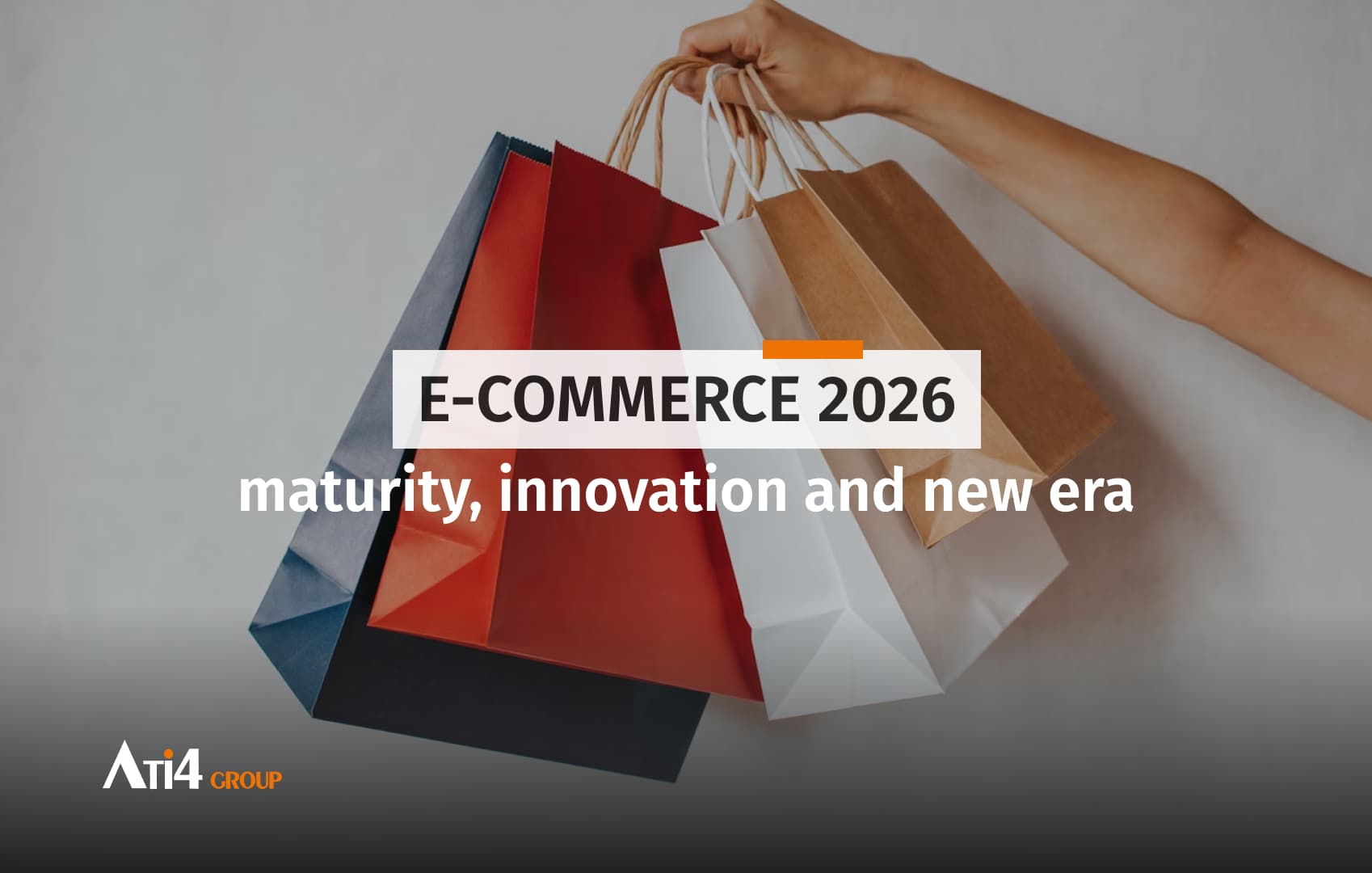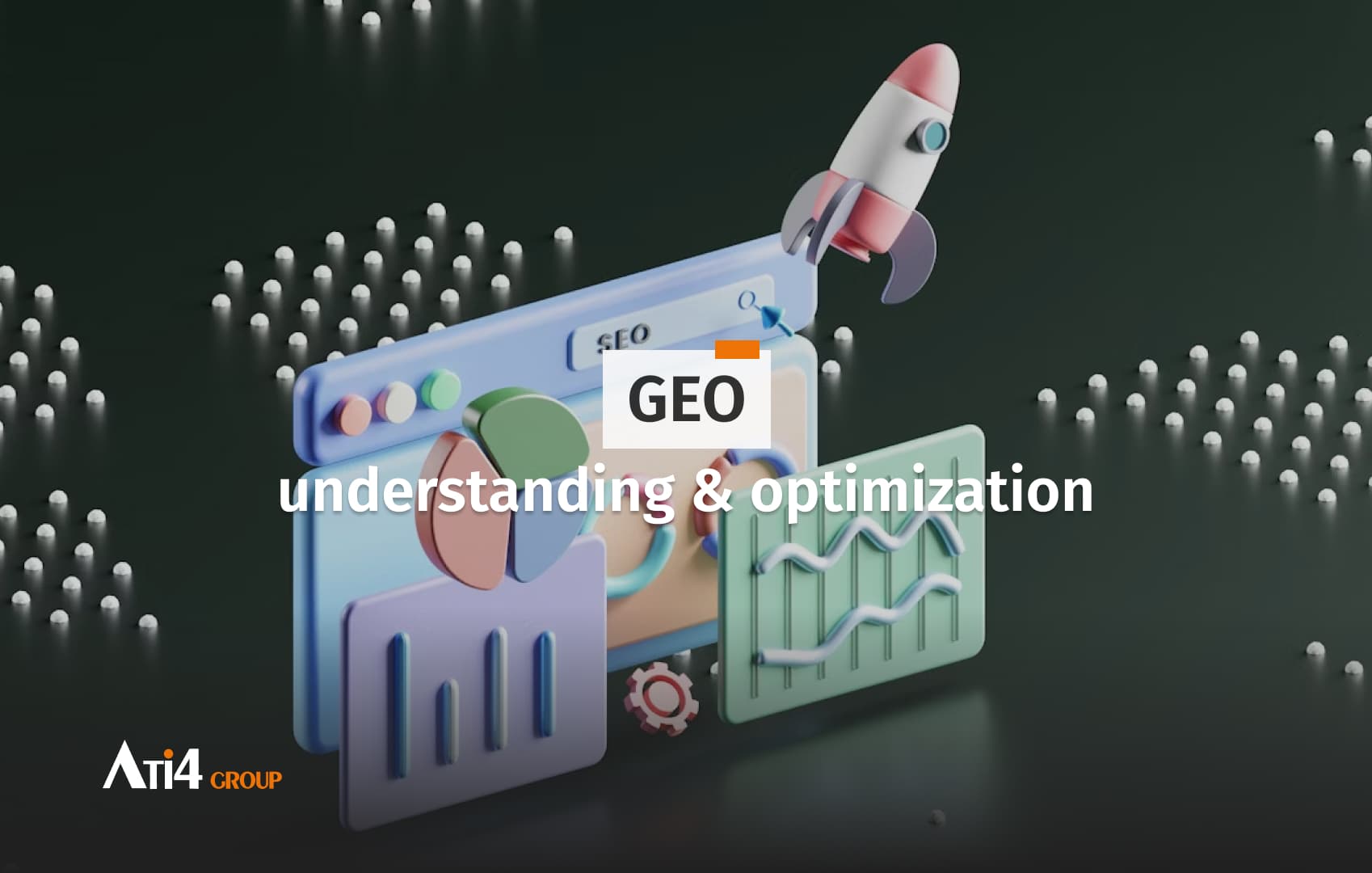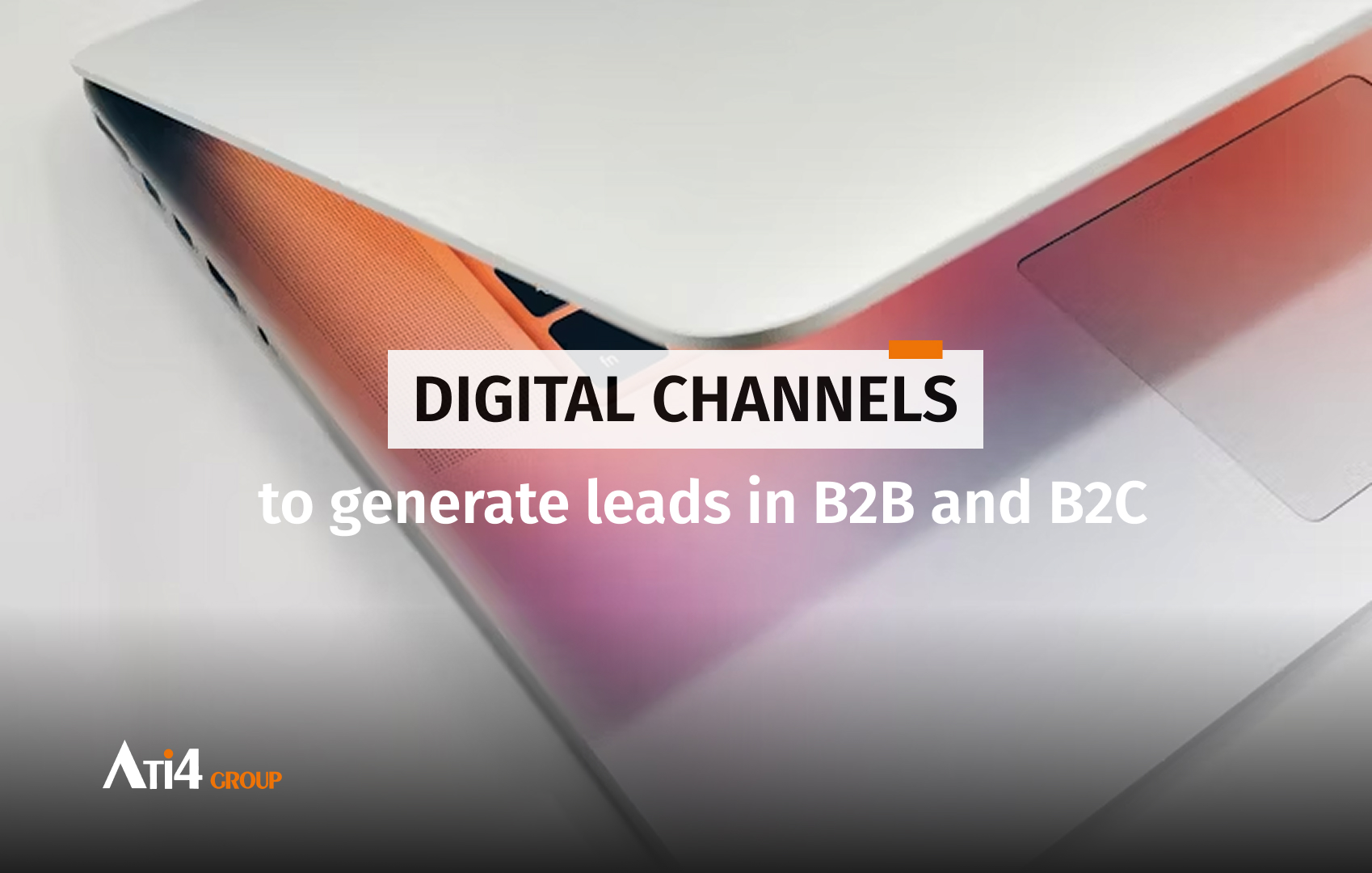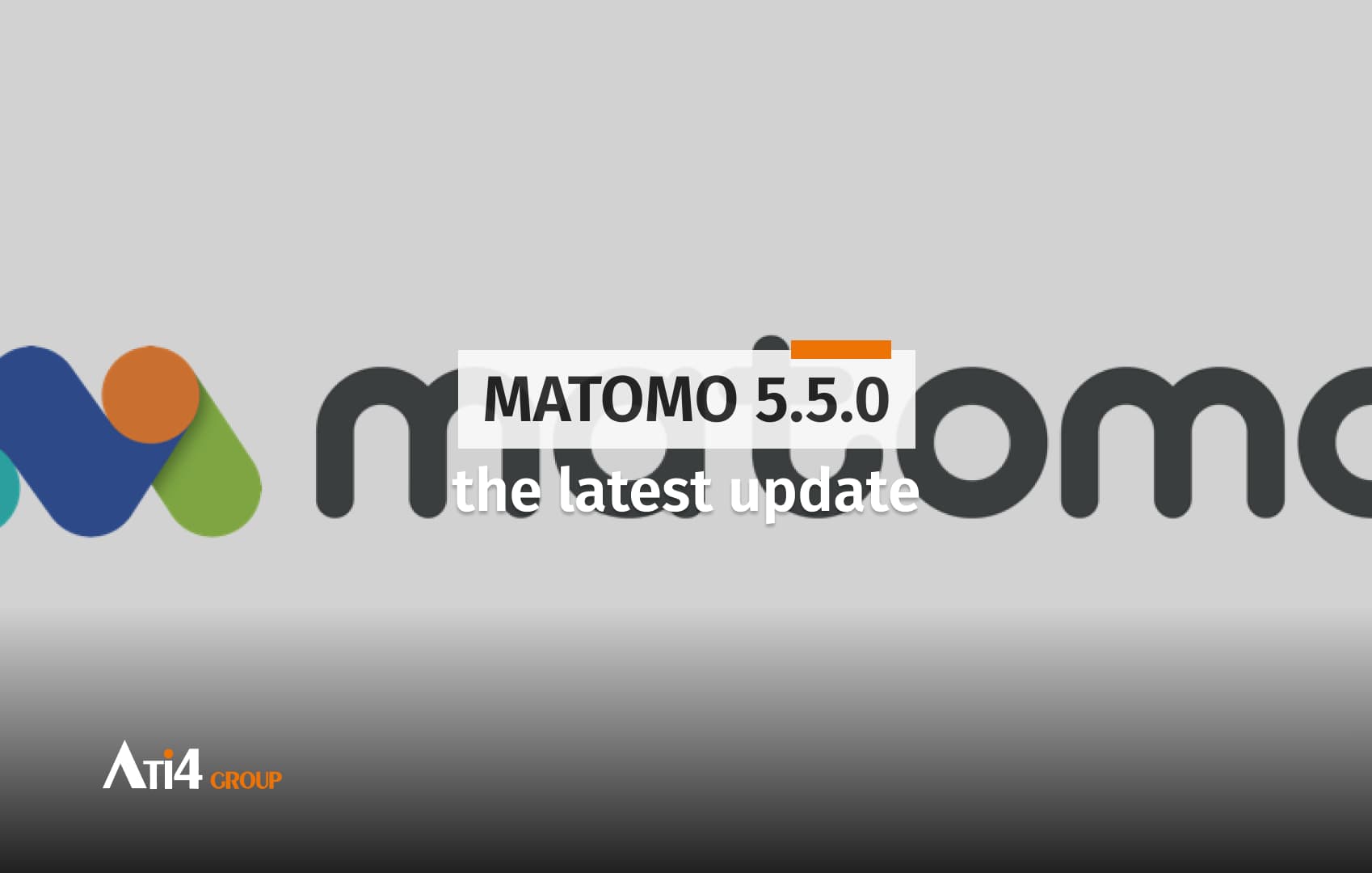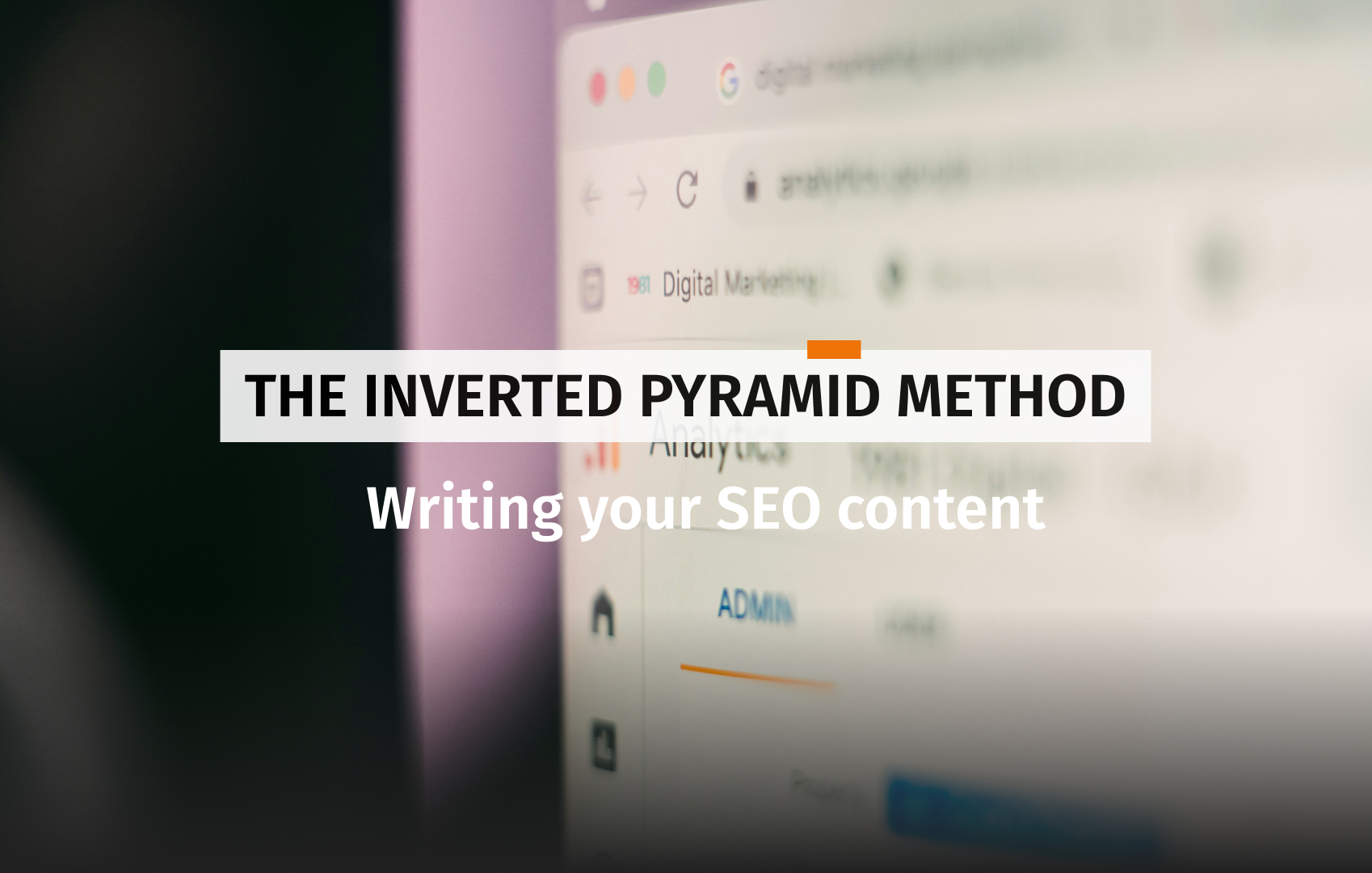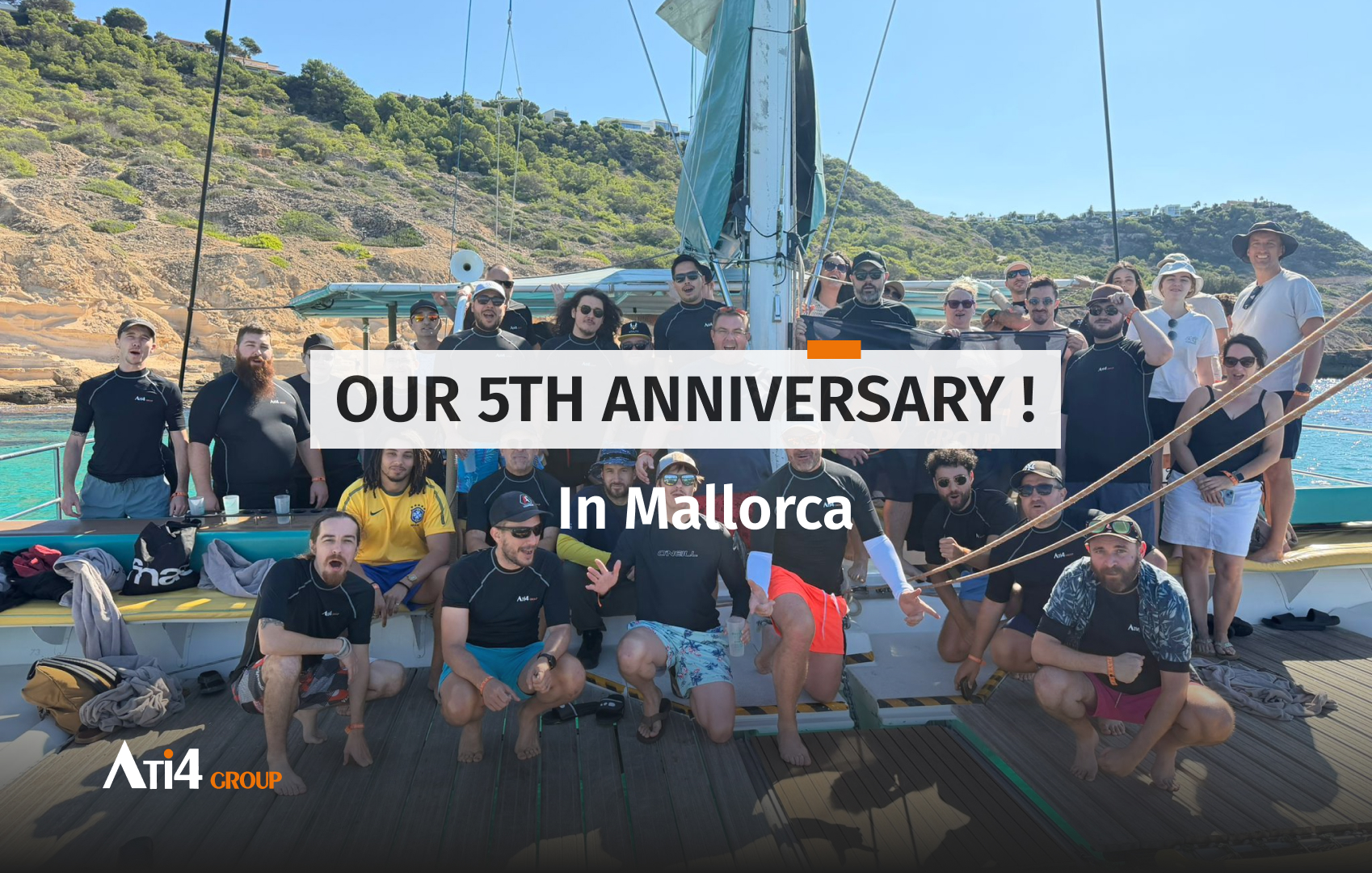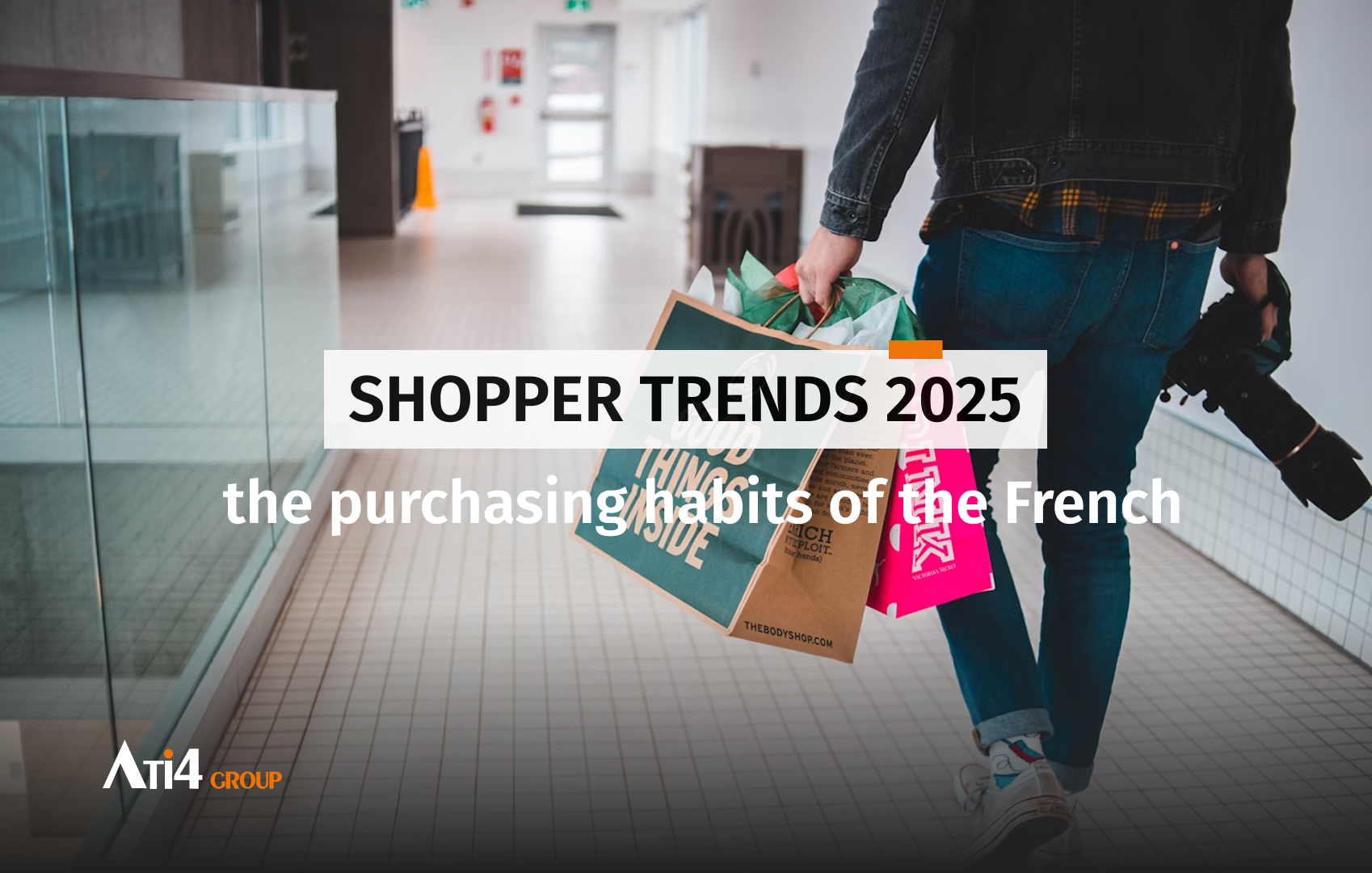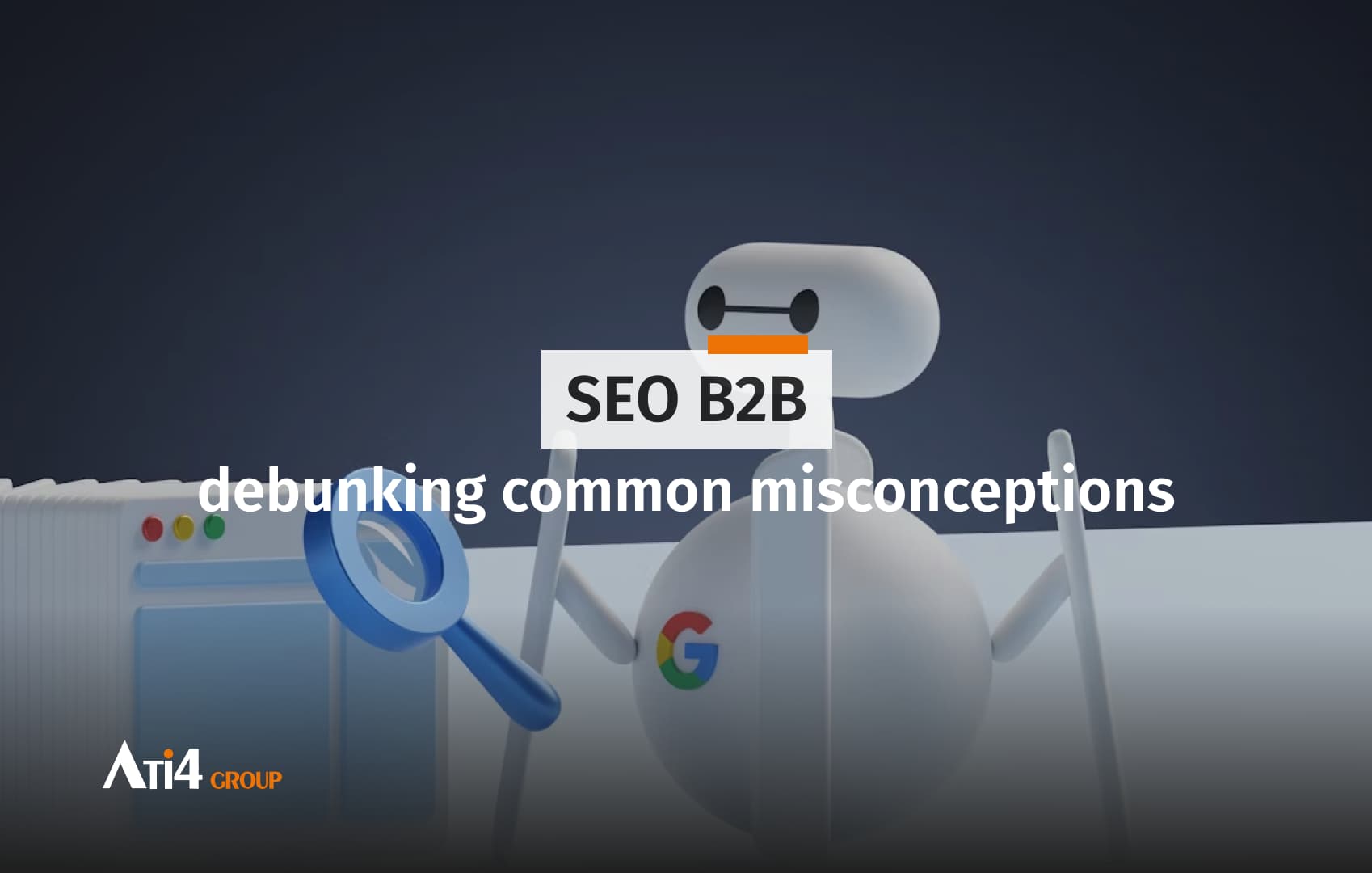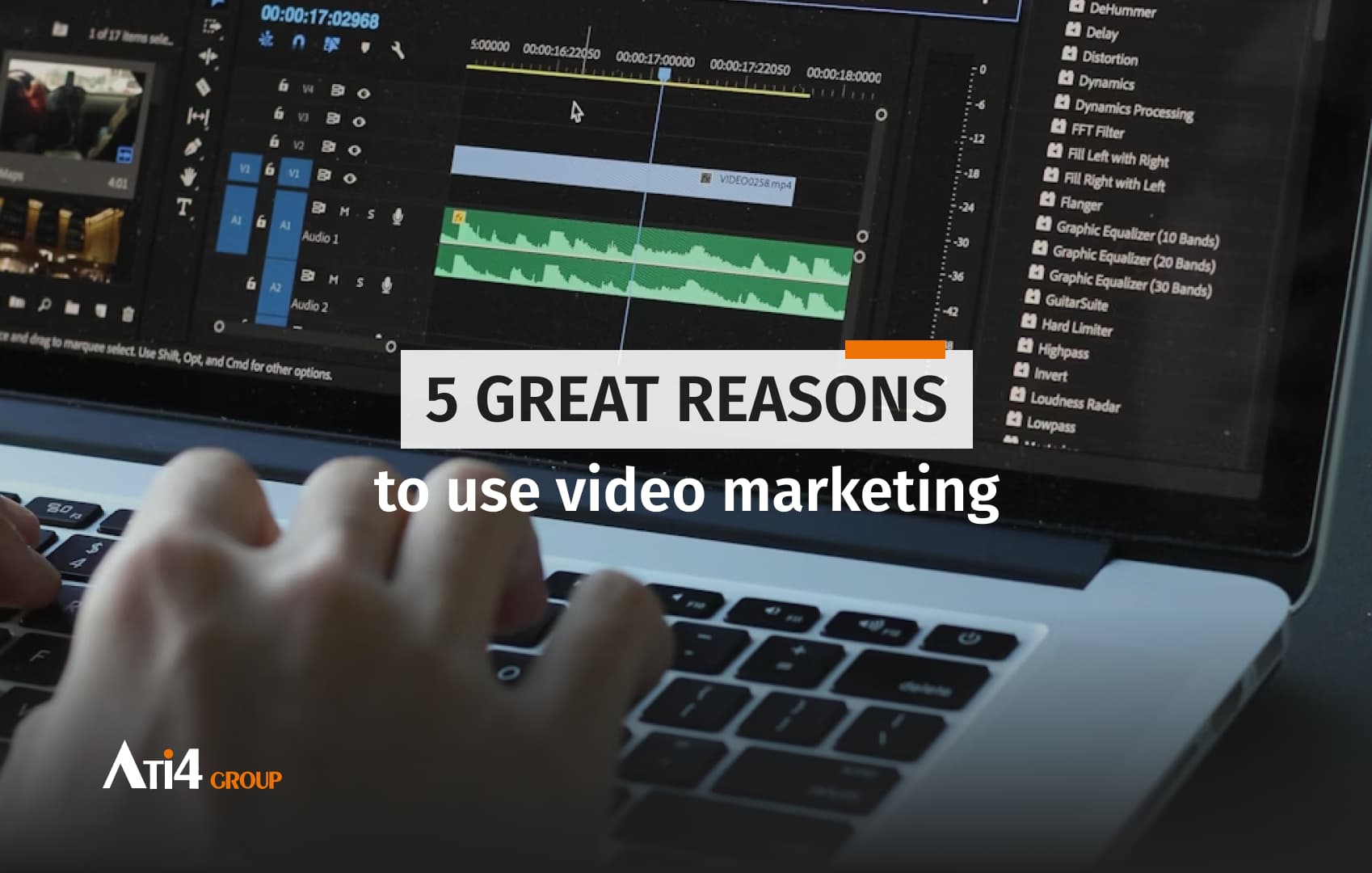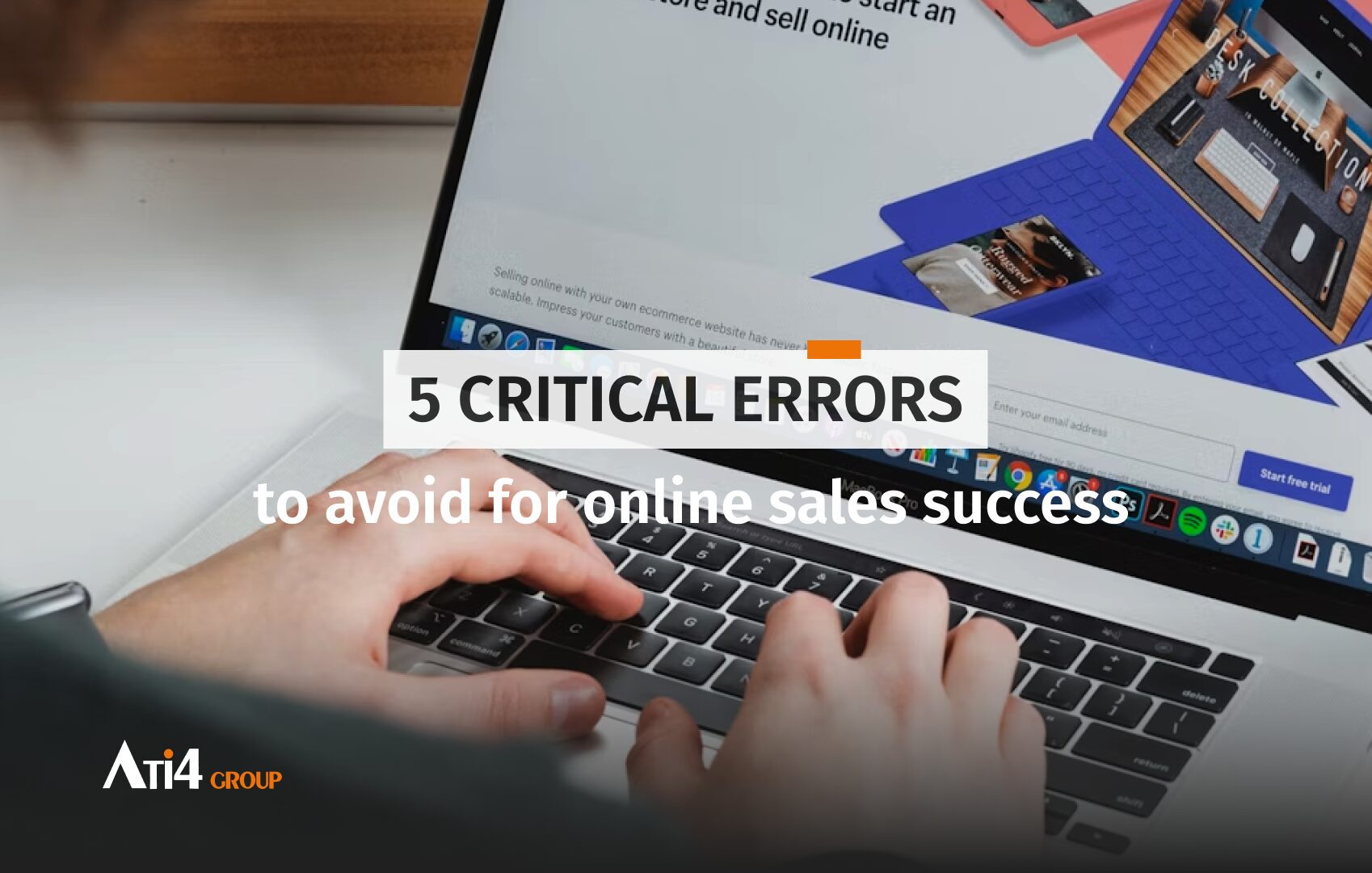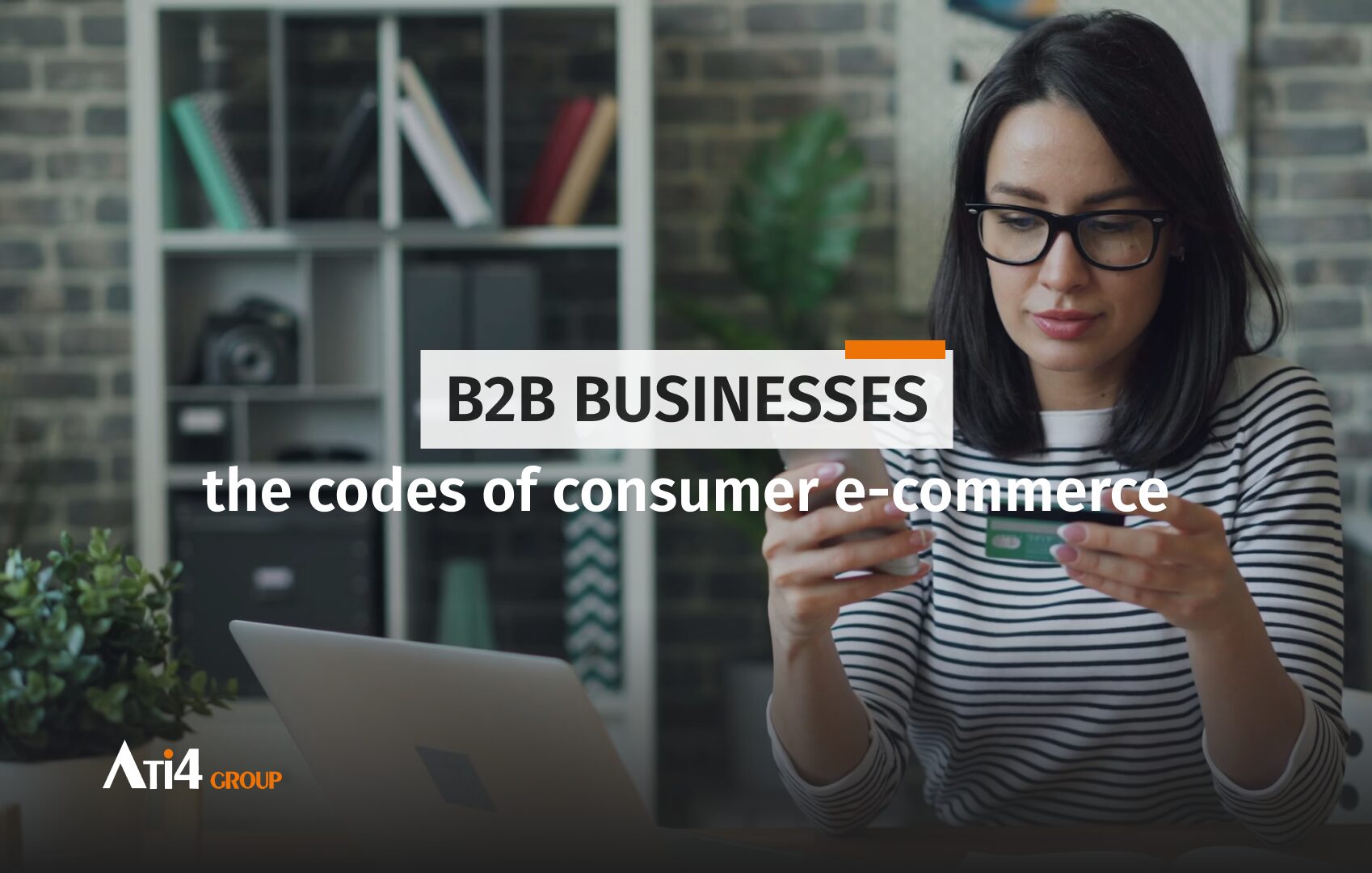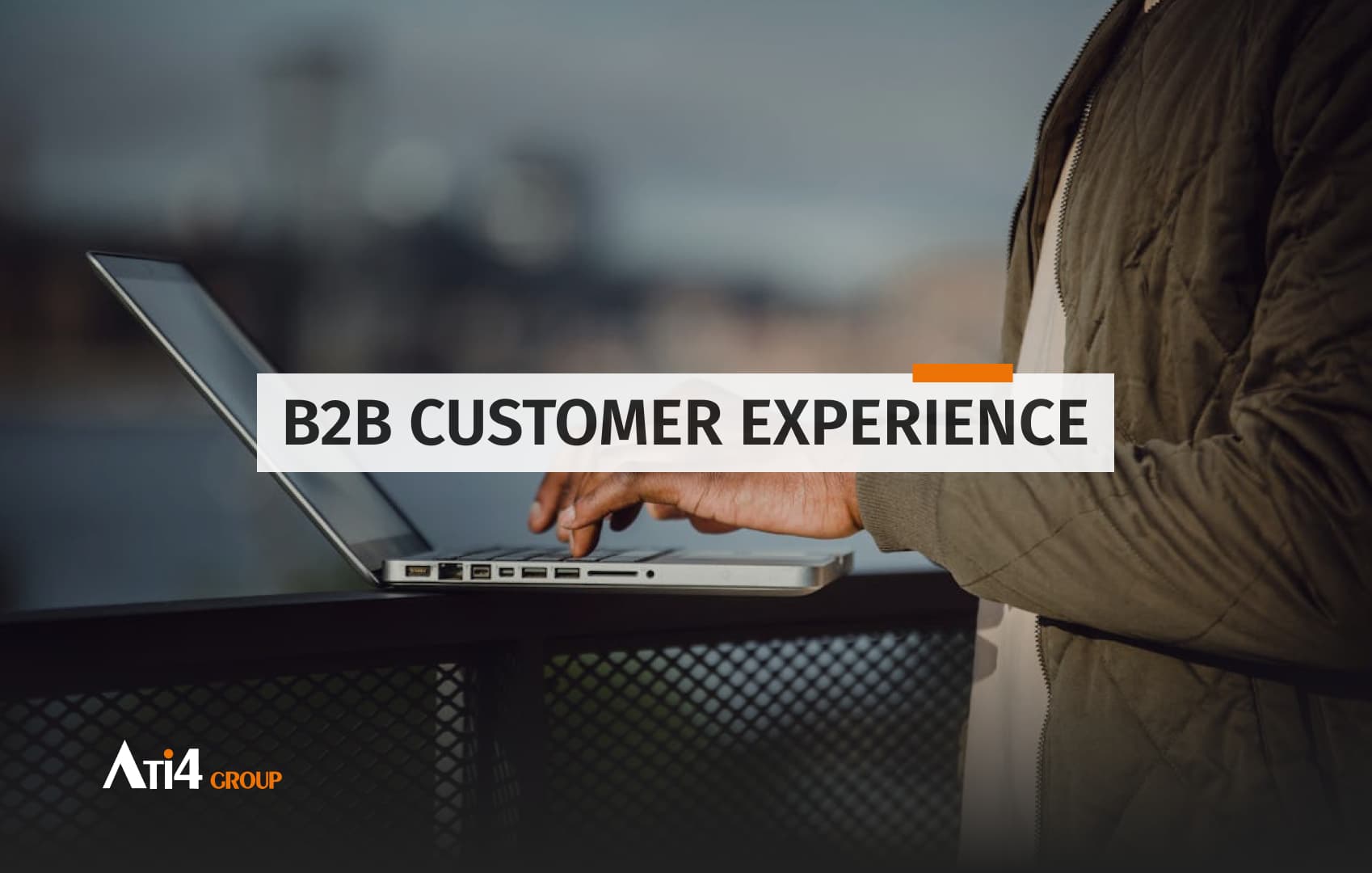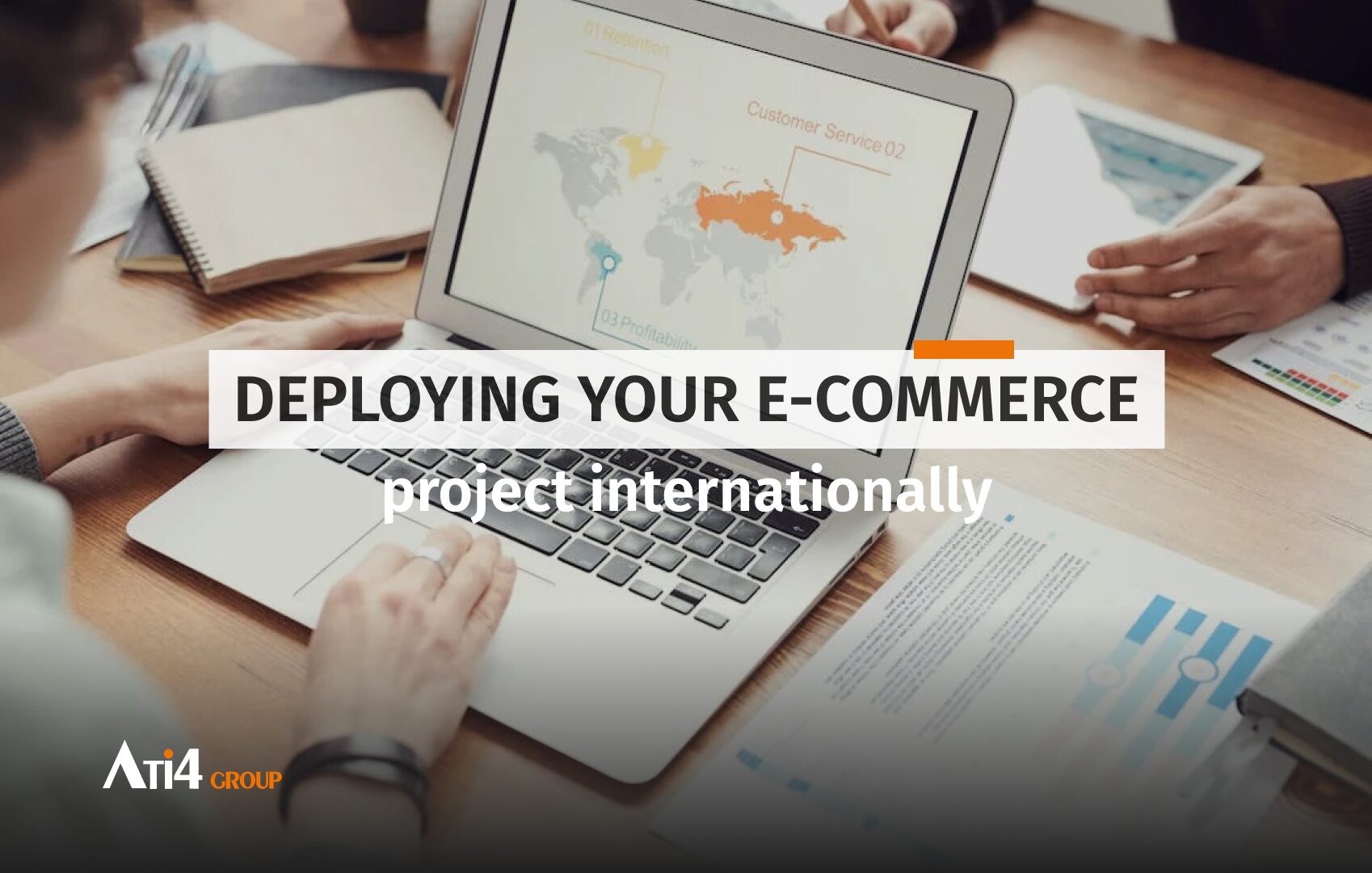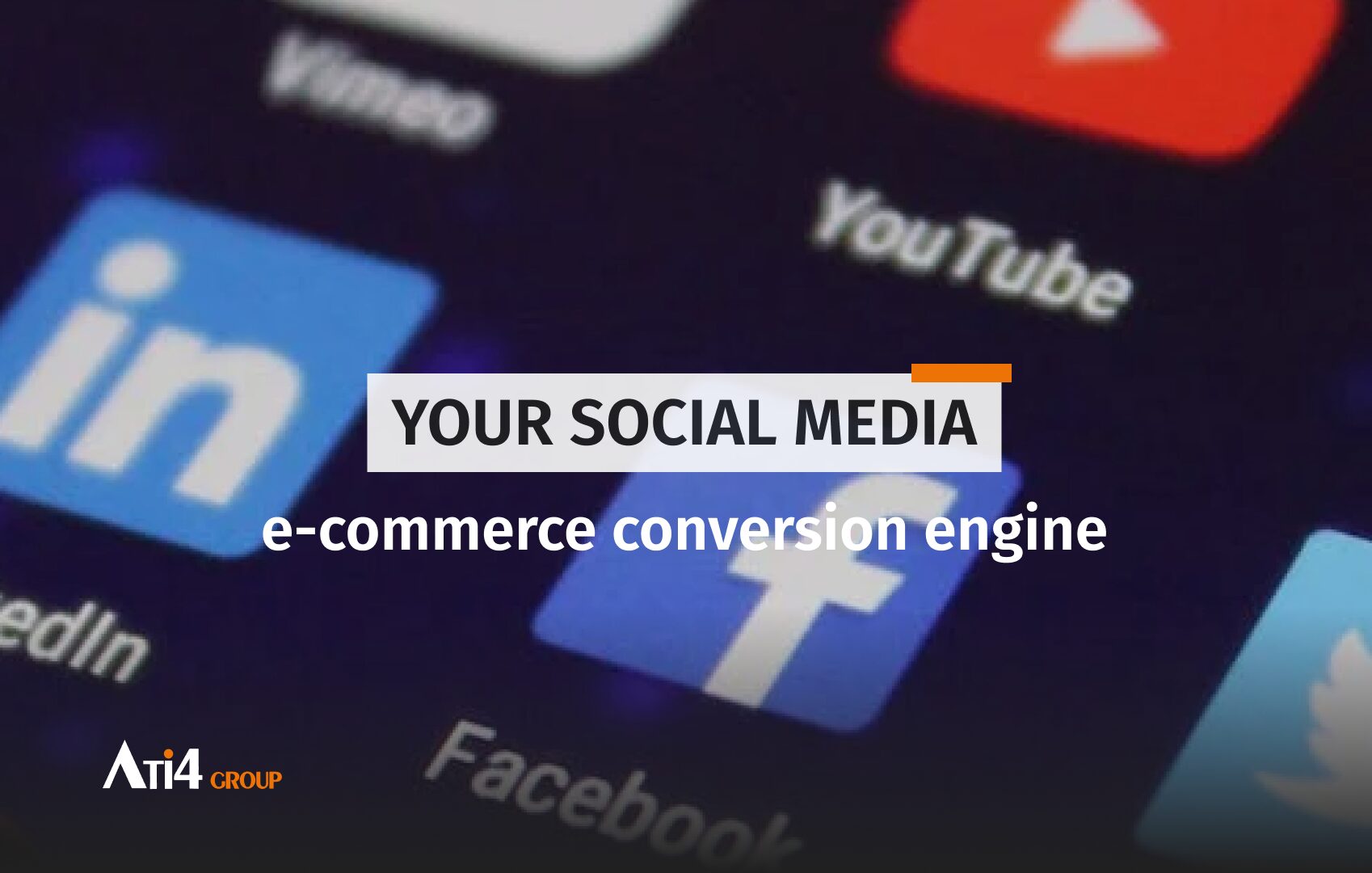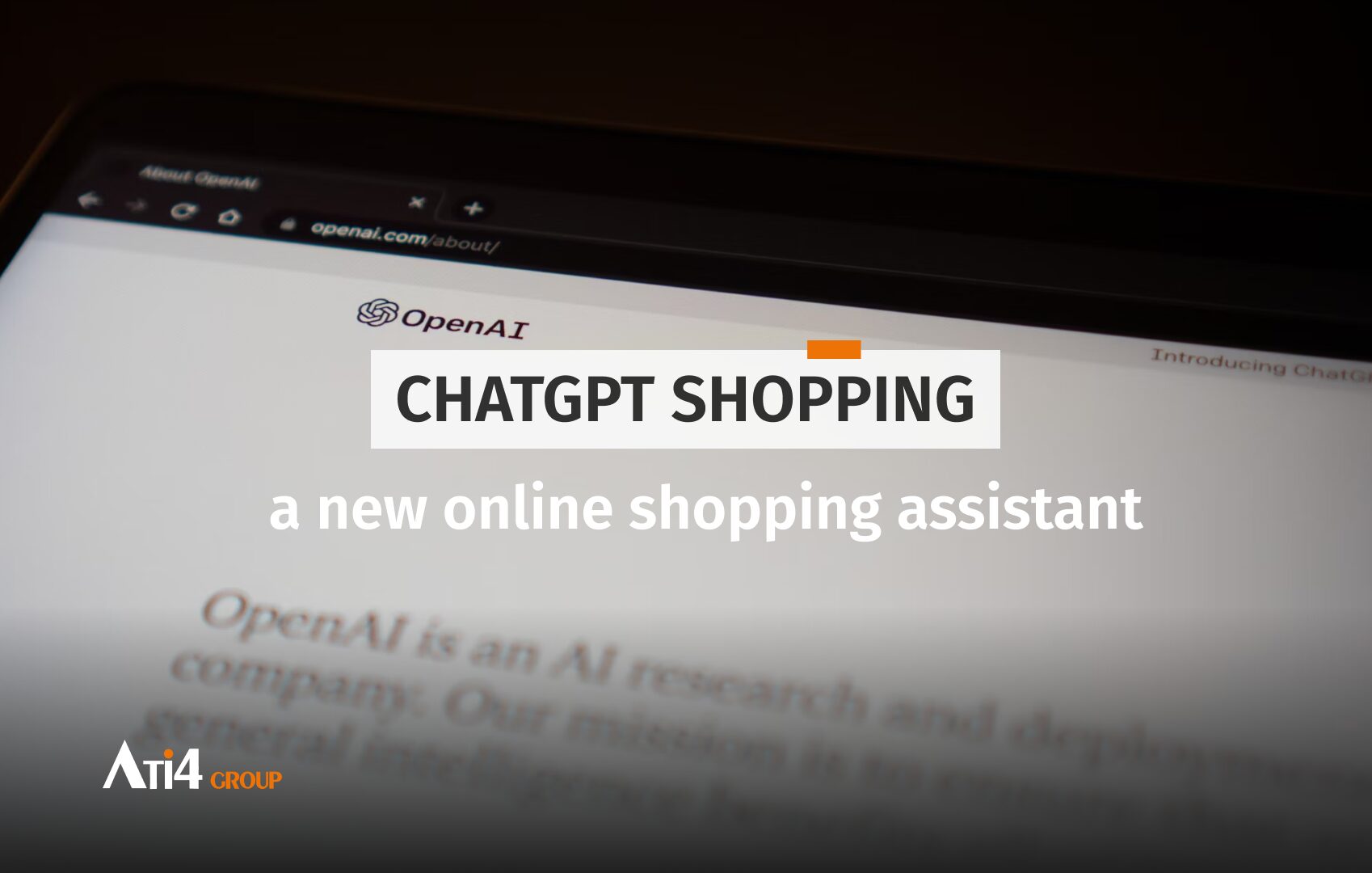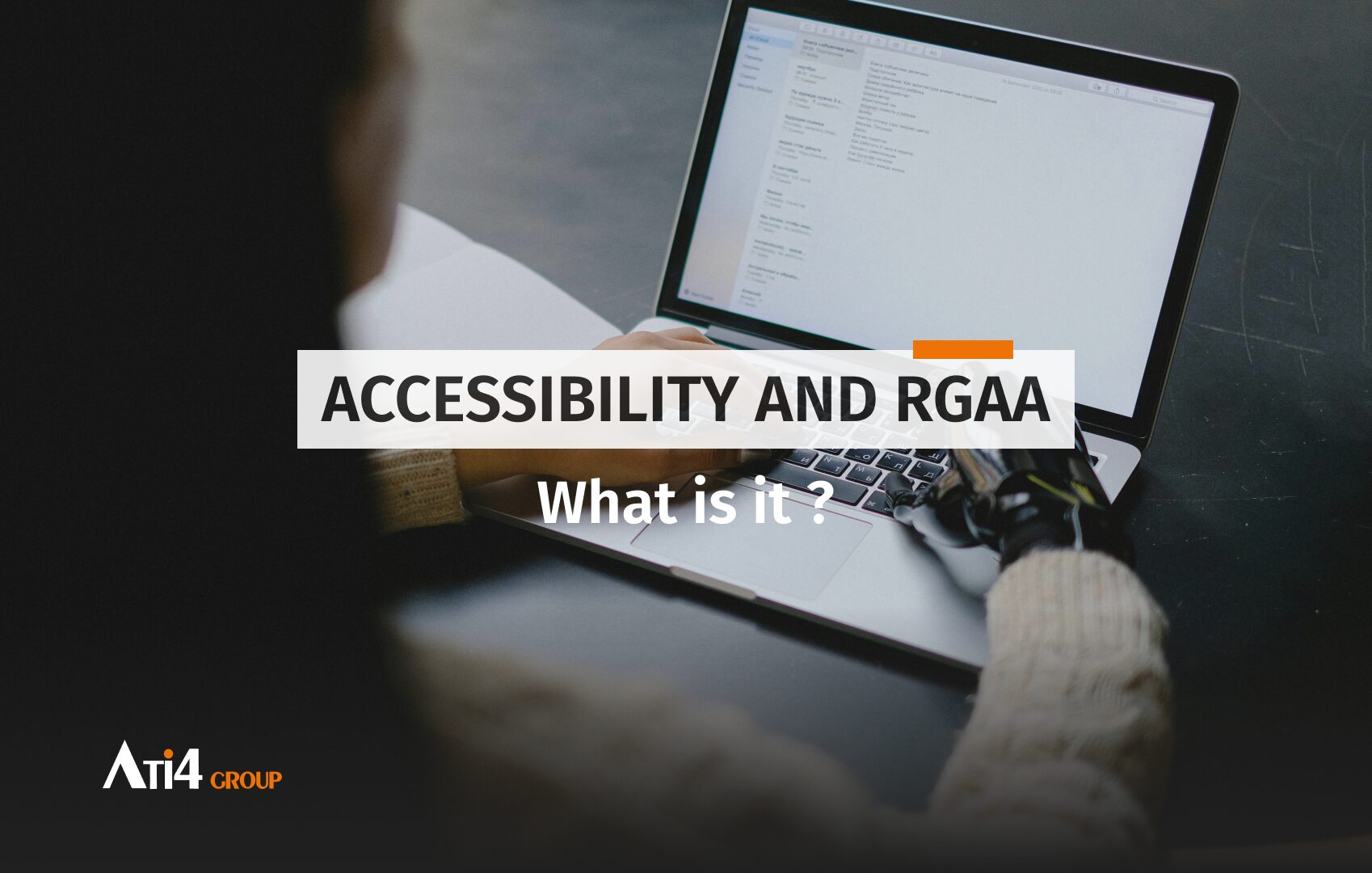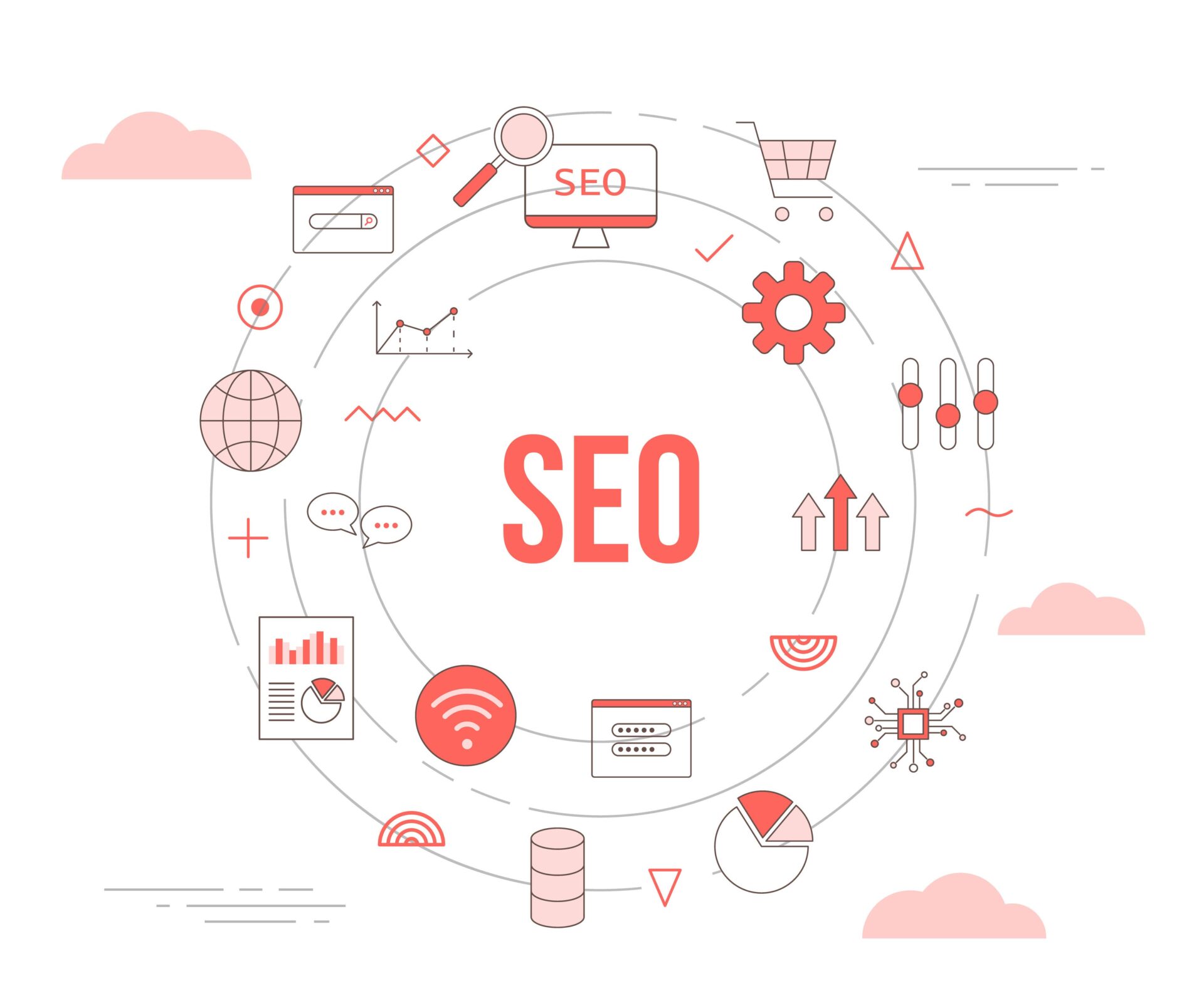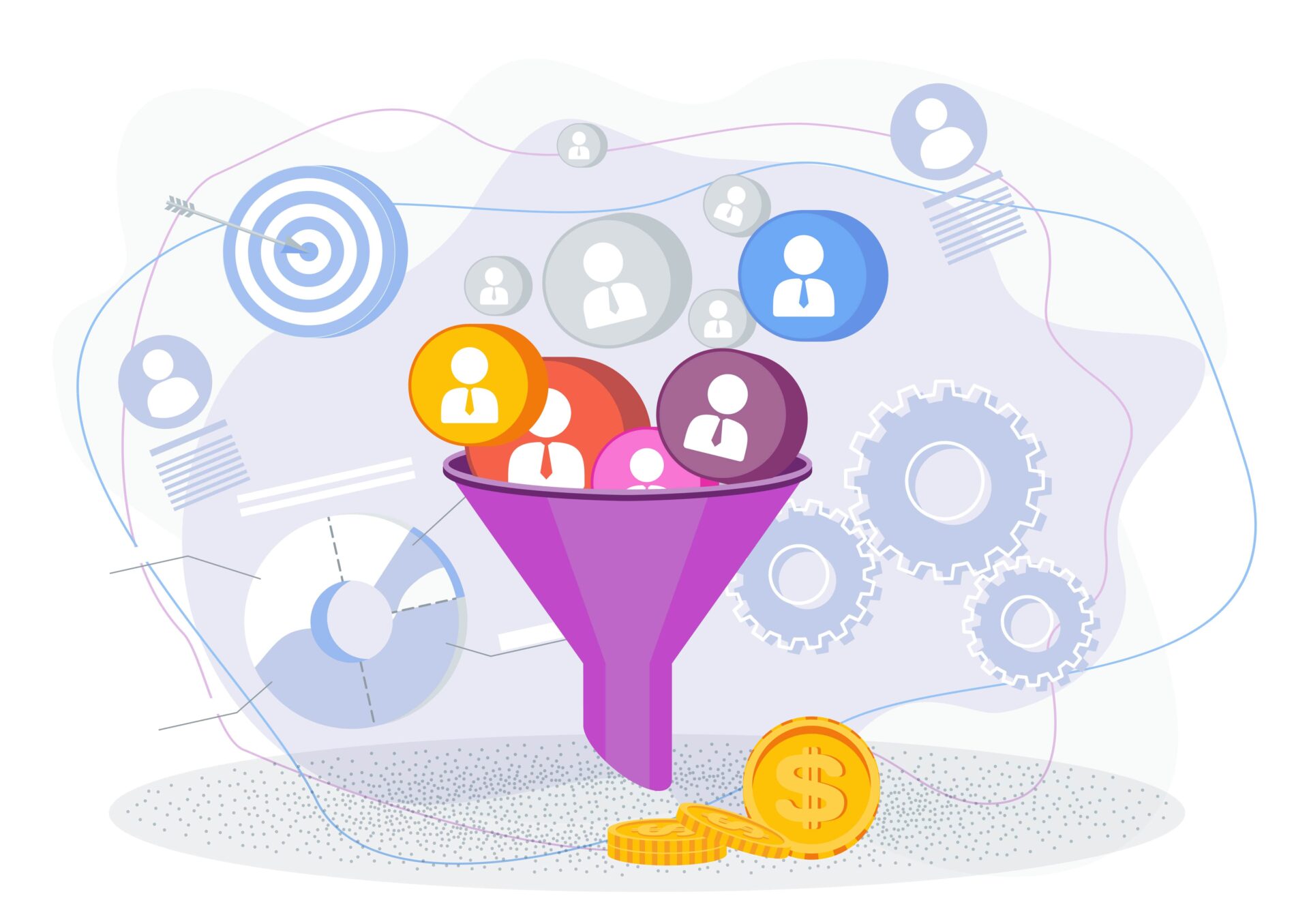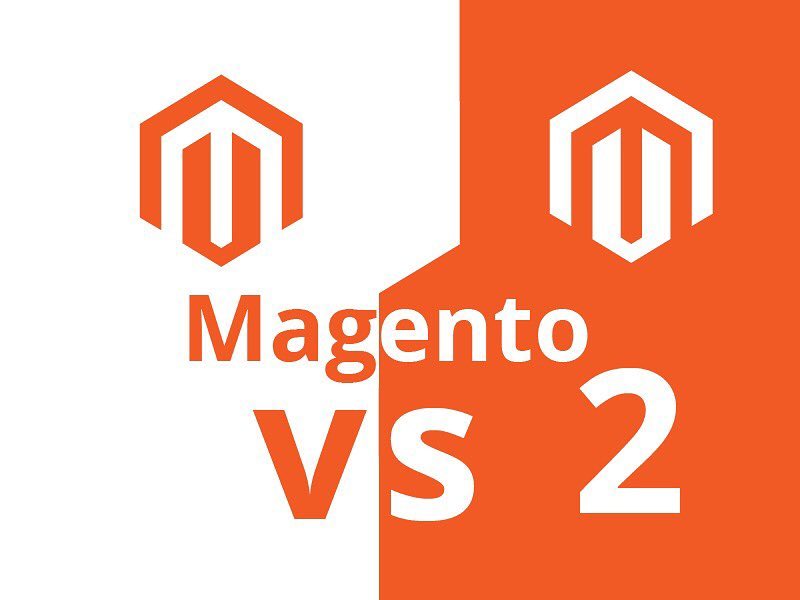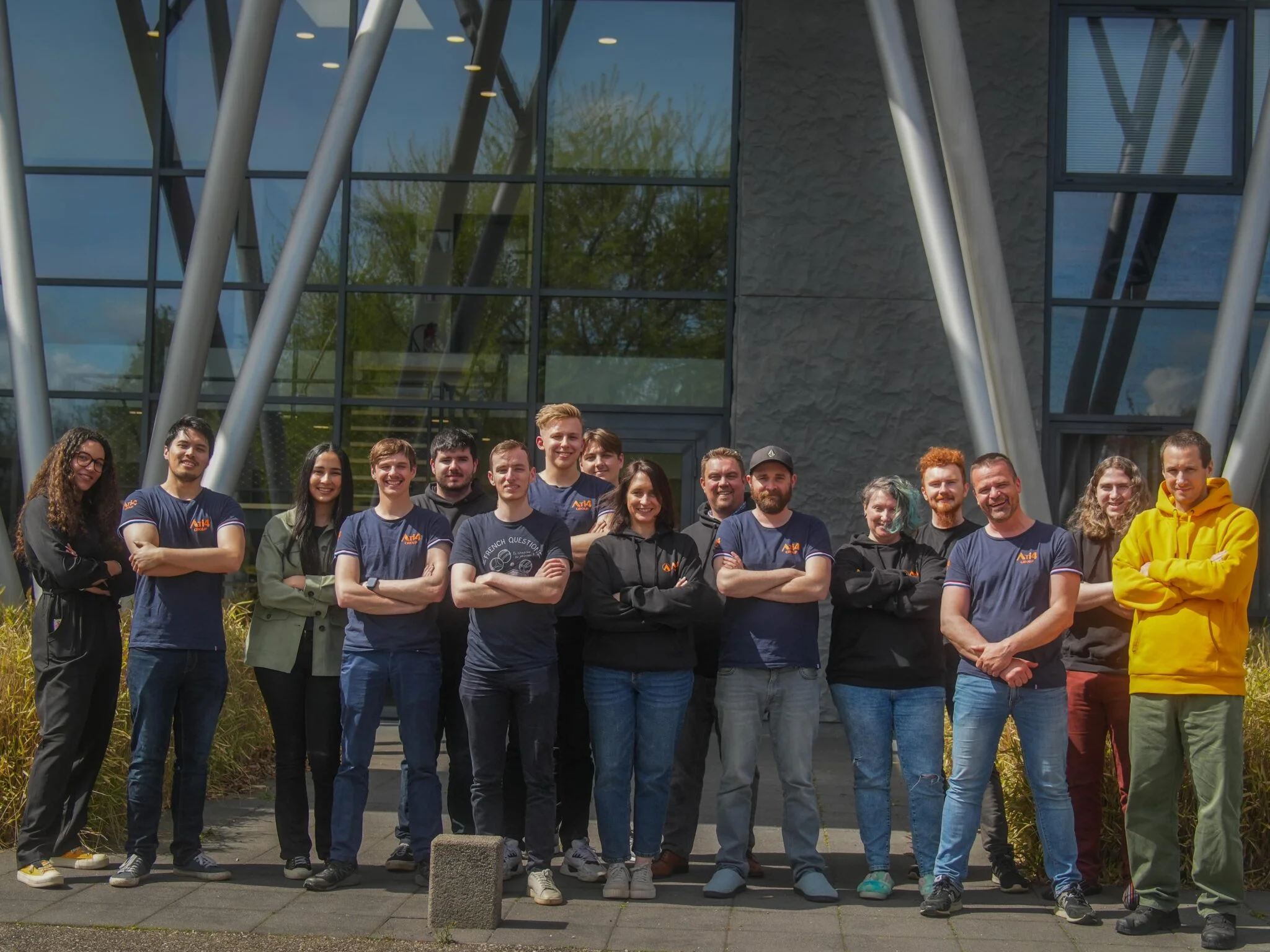Social media: an advertising channel?

Nowadays, social media play a prominent role in our lives. Some use them to share their daily lives, others to spread messages, and some simply to stay in touch with their loved ones or to stay informed about the news. In January 2024, the number of internet users worldwide reached 5.35 billion, which represents 66.2% of the world’s population using social media. This remarkable figure underscores the ubiquity of these platforms. This growth has prompted businesses to re-evaluate the relevance of social media as an advertising channel. It is therefore crucial to analyze both the advantages and disadvantages of advertising on these platforms.
Advantages of Social Media for Advertising
Precise targeting
One of the key advantages of social media lies in their ability to offer a vast and diverse audience. In January 2024, the number of internet users reached 5.35 billion, emphasizing the importance of precise targeting for effective advertising campaigns.
Businesses can choose the most suitable social network for their target audience. For instance, an advertisement aimed at men and women over 40 would be less relevant on TikTok.
Possibility to interact directly with the target audience
Unlike traditional advertising (television, posters, flyers, press, etc.), social media allows businesses to interact directly with their target audience through likes, comments, shares, and more recently, through chat channels on platforms like Instagram. These interactions enable businesses to precisely analyze the effects of their advertisements, study the KPIs of their campaigns, verify if their objectives have been achieved, and understand the reasons behind these results.
Measurement and analysis of performance
Social media provides effective tools for evaluating advertising campaigns. With the advent of digital technology, new tools are available to enable businesses to assess their campaigns effectively. Among the best tools are:
- Hootsuite Analytics
- Google Analytics
- Sprout Social
- Buffer
- Later
- Rival IQ
- Hootsuite Insights
- Brandwatch
- Talkwalker
- Keyhole
- Channelview Insights
- Mentionlytics
- Panoramiq Insights
Various means can be used to evaluate the effectiveness of a campaign, a post, or a story, including:
- The number of clicks
- Comments
- Reach
- Engagement rate
- Impressions
- Number of shares
- Saves
- Video views
- Video reach
Analyzing these KPIs allows businesses to evaluate performance, make informed decisions, verify goal achievement, identify issues, and maintain steady progress if the campaign is successful.
Limitations and challenges of social media for advertising
An environment overloaded with advertising content
The rise of social media has indeed led to a saturation of advertising content, sometimes causing dissatisfaction among users. Businesses have capitalized on the opportunity social media offers to communicate with their audience. However, this widespread awareness has resulted in an abundance of advertising content to the extent that social media platforms are now heavily saturated.
Advertisements are ubiquitous, appearing between posts, within stories, before and after videos, and even through collaborations with YouTubers integrating ads into their content. This advertising overload disrupts the entertainment flow for internet users, who increasingly express discontentment with these constant interruptions.
Investments required for significant visibility on social media
Advertising on social media is an effective strategy, but it requires a substantial budget. Indeed, investing in social media advertising has a significant impact on company finances. This includes subscriptions to KPI tracking tools, sponsored posts, contests, collaborations to promote the brand or product, as well as costs associated with content production such as photographs or video editing.
According to data from My Little Big Web in February 2024, here are the average costs on different social networks:
Facebook :
- Average Cost per Action (CPA): $5.74
- Average Cost per Click (CPC): $0.97
- Average Cost per Thousand Impressions (CPM): $7.19
- Cost per Like (CPL): $1.07
Linkedin :
- Cost per Click (CPC): $2
- Cost per 1000 Impressions (CPM): $7.19
- Cost per Send (CPS): $0.80
- Cost per Open (CPO): $1.70
- In-feed: $10 per impression with a minimum investment of $500.
TikTok :
- Brand takeover : 50 000$ par jour
- Branded filter/lenses : 80 000$ par jour
- Hashtag challenge : 150 000$ par semaine
- In-feed: $10 per impression with a minimum investment of $500.
Instagram :
- Average Cost per Click (CPC): $3.56
- Average Cost per Thousand Impressions (CPM): $7.19
- Cost per Action (CPA): $5.74
- Cost per Like (CPL): $1.07
- Pinterest :
- Cost per Click (CPC): $0.15
- Cost per 1000 Impressions (CPM): $7.50
YouTube :
According to claire-garcia.com, YouTube charges on average about 0.05 to 0.10 euros per view for its advertisements. This equates to a cost of 50 to 100 euros per thousand views. This pricing is important to consider when planning the budget for advertising campaigns on YouTube.
Snapchat :
According to web-opti.com, they estimate Snapchat’s budget to be:
- For brand awareness, consider a CPM between €3 and €6.
- For website traffic, CPC can vary between €0.10 and €0.50.
- For conversions and sales, the cost per action (CPA) is estimated between €0.50 and €5.
- To engage your customers, expect a cost per engagement (CPE) of €0.01 to €0.10.
Managing Reputation on Social Media
When advertising on social media, it is essential to be prepared to receive critiques that may arise from these campaigns. Effective reputation management is therefore necessary to maintain a positive company image. It is crucial to subject advertisements to evaluation before launching a campaign to ensure they do not pose issues and comply with the law. Seeking different opinions before publishing is critical.
On social media, information spreads very quickly. In an instant, a situation can escalate globally due to the speed inherent in social networks. A bad buzz can quickly arise and spread worldwide in no time.
Advertising on social media holds particular interest and importance, especially regarding targeting, interaction, and KPI analysis. However, it is also essential to recognize that social media advertising adds to the existing advertising saturation. Moreover, this requires significant investments and reputation management to prevent bad buzz and avoid any damage to the brand or product image.
Find out what’s new at the company.
Because mixing fun and work is at the heart of our philosophy, we always try to make a special place for it in our business life.

